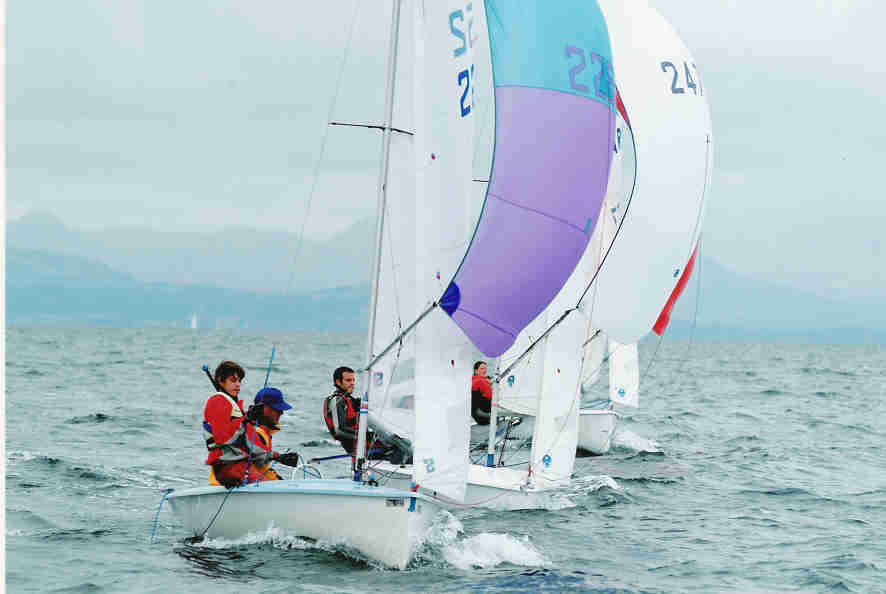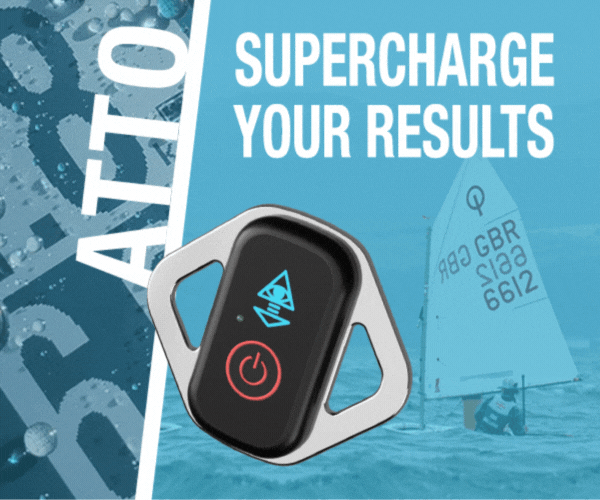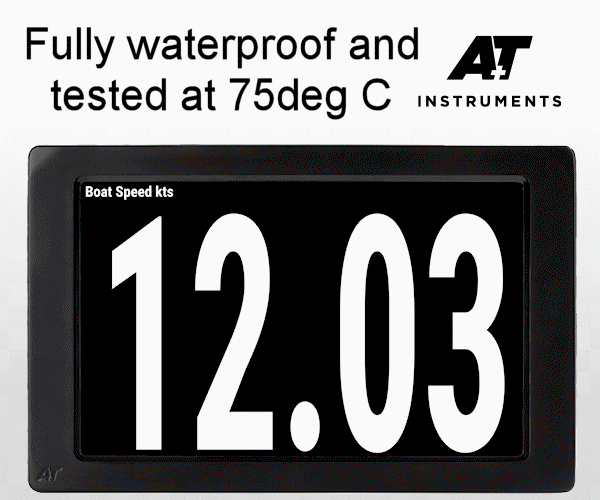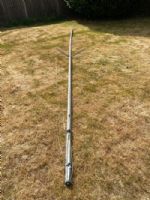What does mast rake do? |
Post Reply 
|
Page <1234> |
| Author | ||
Stefan Lloyd 
Really should get out more 
Joined: 03 Aug 04 Online Status: Offline Posts: 1599 |
 Post Options Post Options
 Quote Quote  Reply Reply
 Topic: What does mast rake do? Topic: What does mast rake do?Posted: 11 May 07 at 5:17am |
|
|
Actually the objective is completely different. Aircraft flying near the speed of sound use swept wings in order get the wing and engines working behind the shock wave generated by the nose cone. See http://en.wikipedia.org/wiki/Swept_wing for a longer explanation. This is not relevant to sailboat design just yet. |
||
 |
||
redback 
Really should get out more 

Joined: 16 Mar 04 Location: Tunbridge Wells Online Status: Offline Posts: 1502 |
 Post Options Post Options
 Quote Quote  Reply Reply
 Posted: 10 May 07 at 11:48pm Posted: 10 May 07 at 11:48pm |
|
|
There is some confusion about flat and full sails in light winds. Generally the fuller the sail the more power it generates - hence we start flattening it when we get overpowered. But at really low wind speeds (a drifter) the full sail that you would use in light winds stalls too easily and in such light winds this is difficult to detect. Hence the rule is:- full sails for light winds but in extremely light winds a flatter sail is better. Personally I think the bar is better.
|
||
 |
||
Matt Jackson 
Really should get out more 

Joined: 21 Sep 04 Location: Darlington Online Status: Offline Posts: 962 |
 Post Options Post Options
 Quote Quote  Reply Reply
 Posted: 10 May 07 at 10:42pm Posted: 10 May 07 at 10:42pm |
|
The only reason they would be letting the kicker off is to stop the boom burying as they see-saw around in the gusts or to get under the boom and stop sticking in irons in a tack. The Contender get pretty uncomfortable to sail with little kicker in a breeze as the sheet loads increase significantly and when you sheet out in a gust you dump all the power at once (not good). |
||
|
Laser 203001, Harrier (H+) 36
|
||
 |
||
Garry 
Really should get out more 

Joined: 18 Apr 04 Location: United Kingdom Online Status: Offline Posts: 536 |
 Post Options Post Options
 Quote Quote  Reply Reply
 Posted: 10 May 07 at 9:33pm Posted: 10 May 07 at 9:33pm |
|
My understanding of what Stefan was saying is easing the sheet opened the slot to do that he must be talking jib. Since this thread is about depowering by having an open slot caused by raking the mast, to get the same effect either your jib is lifting at the luff or you've had to bear away, probably a considerable amount. Yes you would accelerate,if you bore away but as soon as you sheeted in again and came up you would be overpowered and... Also a small ease of the jib greatly increases the entry angle, everything else staying the same. Of course moving the jib lead aft is a different matter and also opens the slot by creating twist in the jib. And less kicker more cunningham means you loose control of the top third of the sail, not get more, as a small ease on the mainsheet becomes a big ease of the top batten. Edited by Garry |
||
|
Garry
Lark 2252, Contender 298 www.cuckoos.eclipse.co.uk |
||
 |
||
49erGBR735HSC 
Really should get out more 

Joined: 30 Mar 05 Location: United Kingdom Online Status: Offline Posts: 1991 |
 Post Options Post Options
 Quote Quote  Reply Reply
 Posted: 10 May 07 at 9:04pm Posted: 10 May 07 at 9:04pm |
|
|
Maintain some curvature in the sails in the light stuff, don't have bags in the sails but at the same time, don't have them flat. There are two schools of thought with light wind settings, but flat sails to reduce drag theory also kills all lift too and is very slow. Maintaining some curvature maintains a profile optimum for generating lift. High Performance Sailing by Bethwaite and Sail Performance by C A Marchaj, both cover the theory in great depth, Sail Performance is more specific. Best to read a book about it instead of trying to understand bits and pieces from a forum if you are really interested. We don't adjust mast rake on the 49er as we have a fixed forestay but in the light stuff we don't bend the mast extensively to move the centre of effort aft as is the effect with raking as it is a depowering method, probably why Alex was saying keep the mast straight initially. If you bear in mind what Ian was saying about wings on the 747 and Concorde, it's a good analogy of sail shape. The 747 wing shape with more curvature is designed that way to generate maximum lift to carry a high payload whereas concorde's wings are very flat with the aim to minimalise drag. The 747 shape will help on light days to maximise lift at lower speed and on the windier days when you have plenty of lift the aim is to flatten sails off to reduce drag. |
||
 |
||
Ian99 
Posting king 
Joined: 07 Apr 05 Online Status: Offline Posts: 138 |
 Post Options Post Options
 Quote Quote  Reply Reply
 Posted: 10 May 07 at 8:02pm Posted: 10 May 07 at 8:02pm |
|
Except that the aerodynamic drag of the rig, hull, crew etc have an approximately equal and opposite effect (See page 168 of Bethwaite's "High Performance Sailing") .... which is why you then have to flatten the sails and rake the rig back to reduce the drag. It also reduces the amount of lift you'll get off the sails, but as you're probably overpowered by that point that's also a good thing. A good comparison is to look at the differences in wing rake on a Hercules or a 747 in comparison to a fighter jet or Concorde. |
||
 |
||
giraffe 
Posting king 
Joined: 10 May 07 Online Status: Offline Posts: 148 |
 Post Options Post Options
 Quote Quote  Reply Reply
 Posted: 10 May 07 at 6:34pm Posted: 10 May 07 at 6:34pm |
|
Garry, A basic understanding of vectors demonstrate that the faster you go the higher you point. so why should easing the sheet a little stop me pointing, except in the short term whilst I accelerate? The practice of increasing mast rake in more wind is about giving the wind a different aerofoil from that used at lower wind speeds. Rake should not be confused with bend. Bladed sails, caused typically by lots of cunningham and less kicker when windy are fast around the course. This may actually be due to making a lightweight boat easier to sail as the top of the sail is controlled better rather than actually increasing straight line speed, but they are fast around the course .
|
||
 |
||
Garry 
Really should get out more 

Joined: 18 Apr 04 Location: United Kingdom Online Status: Offline Posts: 536 |
 Post Options Post Options
 Quote Quote  Reply Reply
 Posted: 10 May 07 at 5:44pm Posted: 10 May 07 at 5:44pm |
|
If you ease the sheet you won't point. |
||
|
Garry
Lark 2252, Contender 298 www.cuckoos.eclipse.co.uk |
||
 |
||
BigFatStan 
Groupie 
Joined: 31 Jan 06 Online Status: Offline Posts: 78 |
 Post Options Post Options
 Quote Quote  Reply Reply
 Posted: 10 May 07 at 12:43pm Posted: 10 May 07 at 12:43pm |
|
|
Rake also moves the CoE of the rig back - I'm sure this is a significant factor, especially if you sail with less board down (on a pivoting board type of boat) when it gets windy.
|
||
 |
||
Stefan Lloyd 
Really should get out more 
Joined: 03 Aug 04 Online Status: Offline Posts: 1599 |
 Post Options Post Options
 Quote Quote  Reply Reply
 Posted: 10 May 07 at 11:02am Posted: 10 May 07 at 11:02am |
|
|
Easing the sheet has the same effect with a lot less trouble. So there has to be more to it than that. |
||
 |
||
Post Reply 
|
Page <1234> |
| Forum Jump | Forum Permissions  You cannot post new topics in this forum You cannot reply to topics in this forum You cannot delete your posts in this forum You cannot edit your posts in this forum You cannot create polls in this forum You cannot vote in polls in this forum |
Copyright ©2001-2010 Web Wiz
Change your personal settings, or read our privacy policy


























 Printable Version
Printable Version Delicious
Delicious Digg
Digg Facebook
Facebook Furl
Furl Google
Google MySpace
MySpace Newsvine
Newsvine reddit
reddit StumbleUpon
StumbleUpon Twitter
Twitter Windows Live
Windows Live Yahoo Bookmarks
Yahoo Bookmarks Topic Options
Topic Options